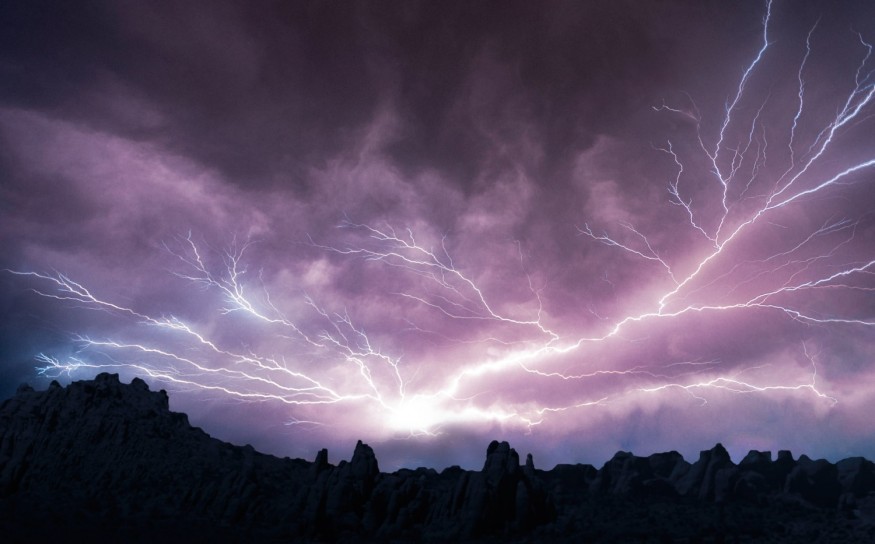A wedding party in Bangladesh ended into a fatal event when a lightning struck in Shibganj town, about 245 kilometres northwest of Dhaka, killing more than a dozen people.
According to officials, 17 people had died, while 14 people were injured and brought to the hospital, after several lightning bolts hit their boat at a bank of the Padma river in Shibganj town upon disembarkment on Wednesday. The groom was among those injured.
"We have information of 17 people who died and several others were admitted to the hospital," police official Farid Hossain told the news agency Reuters. Meherul Islam, a fire service official added that the victims were on their way to the bride's house when the lightning struck.
Bangladesh lightning kills hundreds of people every year

The Ministry of Disaster Management and Relief reported that 2,164 people die from lightning in Bangladesh between 2011 and 2020. The South Asian country has declared lightning strike as a natural disaster since its death surge.
In 2016, 200 people had died in May alone, with around 80 being killed on a single day. The Bangladesh's government has included lightning strikes in its list of natural disasters alongside floods, cyclones and storm surges, earthquakes, drought and riverbank erosion when the number of deaths rose rapidly.
Scientists say lightning deaths occur the most on warm months of March to July, wherein the weather is at its hottest in Bangladesh "and the moist air quickly rises upward to meet with dry north-westerly winds to cool and form large storm clouds," Dipen Bhattacharya, a physics and astronomy professor at Moreno Valley College in California, told the Thomson Reuters Foundation.
"Some specialists think that as the world warms up, we should expect more explosive lightning events rather than a gradual increase."
The government compensates families of the victims which died from such incident with around 7,500 to 25,000 takas (£63 and £211).
Lightning strikes linked to deforestation
Generally, rise in lightning strikes can be blamed to lack or total loss of trees due to population growth and deforestation. Disappearance of these tall trees draws lightning strikes, which significantly reduces the chances of a person getting struck.
Because of deforestation, people themselves suffer the fatalities like "farmers using metal farm equipment in open fields, or people standing near metal cell phone towers or electrical power towers," experts said.
Atiq Rahman, executive director of the Bangladesh Center for Advanced Studies, believes that "it would not be wise to blame the rise in deaths directly on climate change." However, it could be a driving range of the changing weather phenomenon, "including tropical cyclones, thunderstorms, floods, droughts and heatwaves," said A.Q.M. Mahbub, earth and environmental science professor at the University of Dhaka, although further research is needed to be certain.
To avoid getting struck by lightning, people have to be made aware of the risks of standing in open areas and should immediately seek shelter during thunderstorms.
© 2025 NatureWorldNews.com All rights reserved. Do not reproduce without permission.





